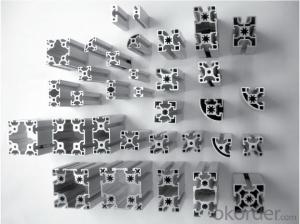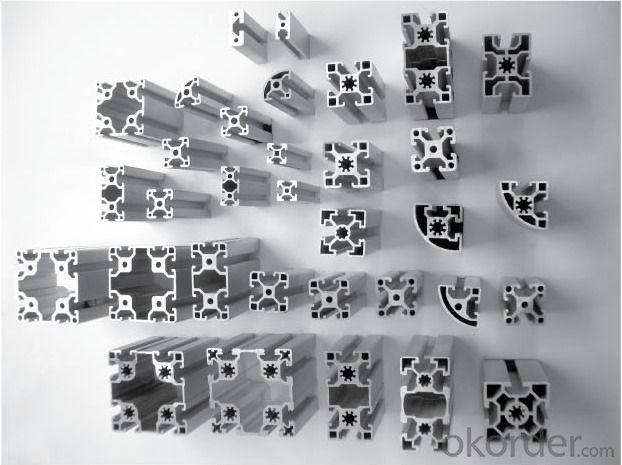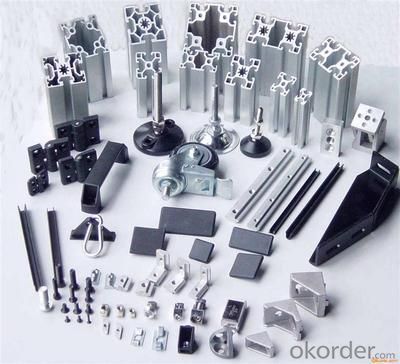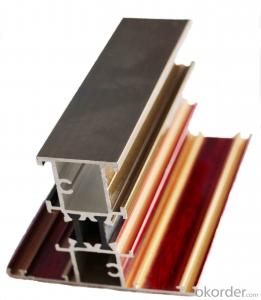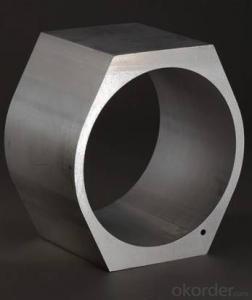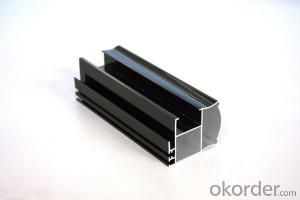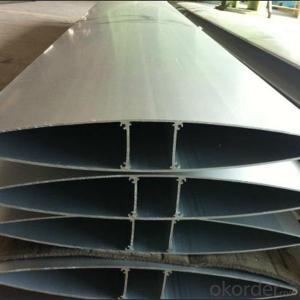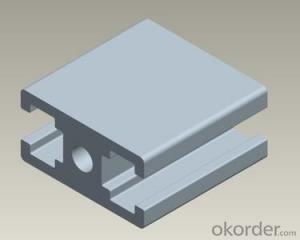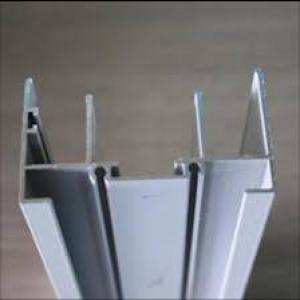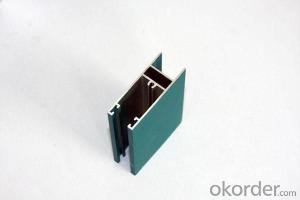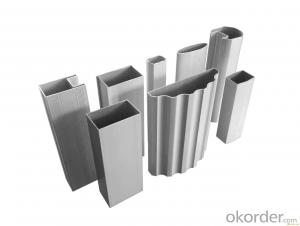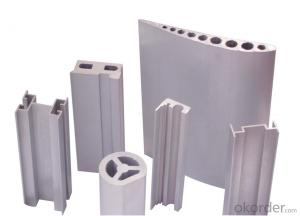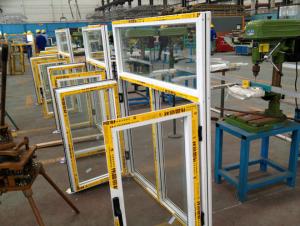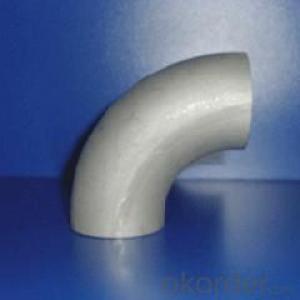Top Quality Small Aluminum Extrusion Profile Sliding Windows
- Loading Port:
- Shanghai
- Payment Terms:
- TT OR LC
- Min Order Qty:
- 5 m.t.
- Supply Capability:
- 5000 m.t./month
OKorder Service Pledge
OKorder Financial Service
You Might Also Like
Specification
Structure of Aluminum Profile Sliding Windows Top Quality Description:
We have more than 10 years experiences on manufacturing kinds of aluminum profiles, such as Aluminum Window & Door profiles, Aluminum tile trim profiles, Aluminum profiles for LED light, Round/Square General profiles, Aluminum heat sink, Aluminum heating insulation profiles, Curtain wall Aluminum profiles, and others Industry profiles.
Our products have exported to all over the world, and we also have a large of market share in Algeria, Angola, Philippine, Guinea, Ghana, South Africa, Nepal, Nigeria, Tanzania, Iraq etc.
Main Features of the Aluminum Profile Sliding Windows Top Quality:
1, Strong R&G: help customers finalize the design, strong tool design ability, excellent, pressing and surface treatment technology;
2, Strong quality management: ISO&SGS SYSTEM;
3, 24 hours on-line communication, professional, patient, flexible;
4, High capacity of manufacturing and wide range of products;
5, We can provide secondary manufacturing.
6, High corrosion resistance, high weather resistance and good wear resistance.
7, Alternative surface treatment: Colorful ANODIZE, POWDER COATING, ELECTROPHORESIS & WOODEN GRAIN. Plentiful colors upon your needs.
8, Excellent material for smooth and subtle edges, elegant appearance.
9, Strong coated adhesion which is suitable for construction and industrial material.
Images of the Aluminum Profile Sliding Windows Top Quality:
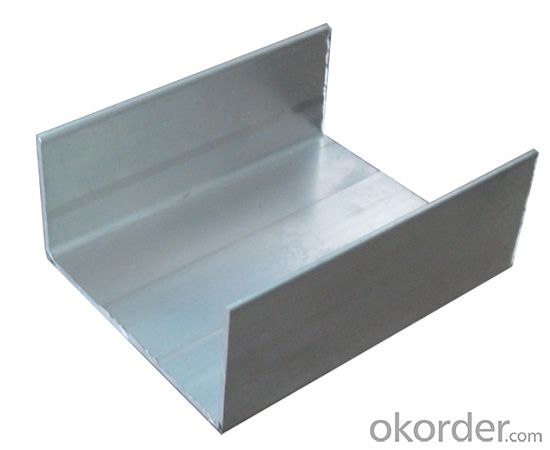
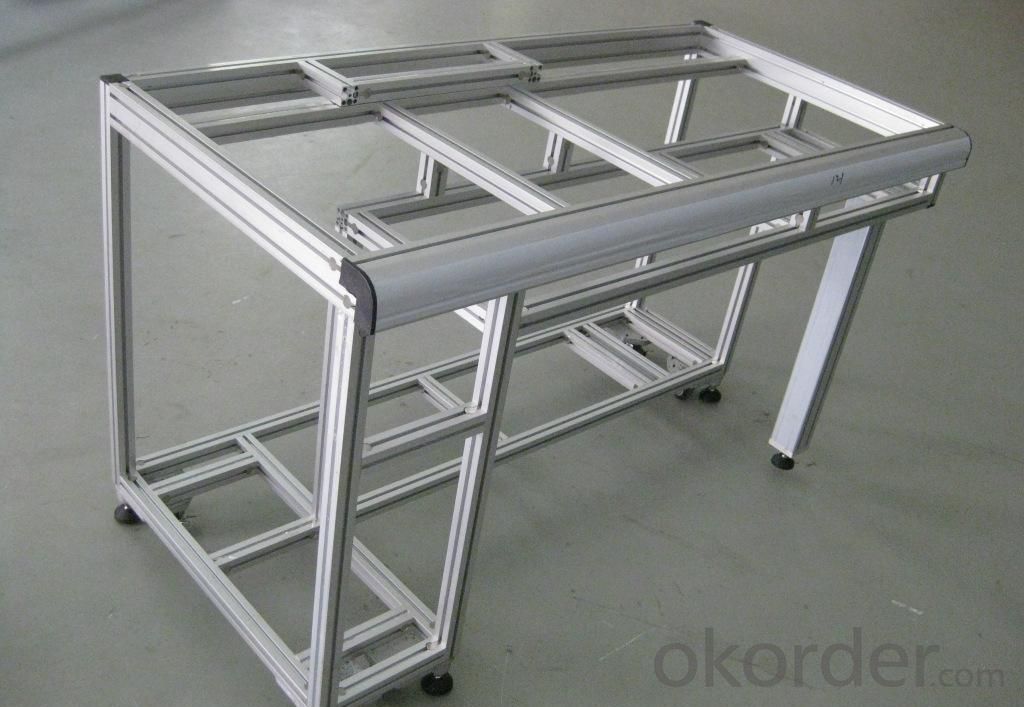
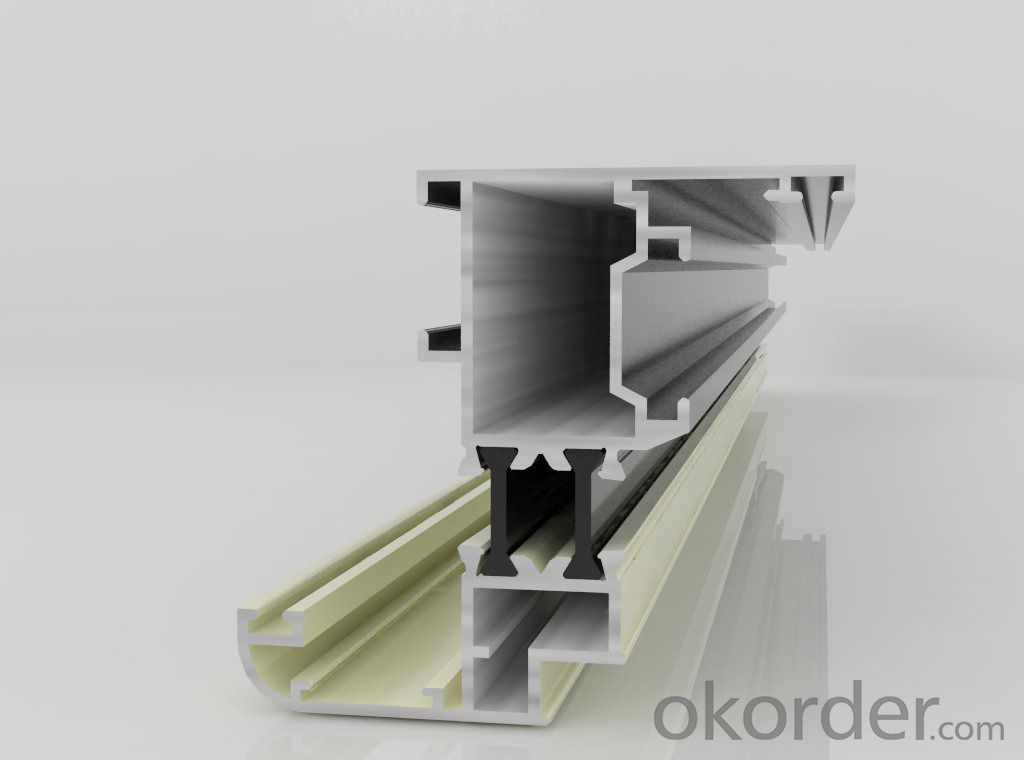
Aluminum Profile Sliding Windows Top Quality Specification:
Material | Alloy Aluminum 6063,6061,6005 or customer nominated |
Temper | T3, T4, T5, T6 |
Surface | Anodize, electrophoresis, powder coating, PVDF coating, wood grain painting, matted, etc. |
Colour | Any colour based on Standard Germany RAL Mark |
Length | Coating 6.5 meters, Anodizing 6.5 meters, Mill finish 5 meters |
Press Machine | 500-4000 tons all together 64 press lines. |
Fabrication | 1. Windows and doors; 2. Drilling; 3. Bending; 4. Cutting; 5. etc. |
Certificate | ISO 9001 |
Moulding | 1. Using our moulds, no fee; |
2. Using customer drawing, opening mould, usually about 10~50 tons then the moulding can be refunded. | |
3. Mould cost is negotiable base on the order quantity | |
Capability | Annual output 100,000 tons |
FAQ:
1.Q: What about leadtime ?
A: Normally the leadtime is 60days after we receive the deposit and confirm the details. All the press machines we use is the best quality in China Yangli brand. The press machine leadtime from Yangli is 50days, the best leadtime we can give is 60days.
2.Q: What's the lead time for moulds?
A: Normally the mould leadtime is 45 days after we confirm all the details with customer. Our professional mechanical enginners from Austria will design the mould according to the samples from customer, or by the specifications offered by customers.
3.Q:What kinds of mould you can make? and what is your strong point for the moulds?
A: we can make wrinkle wall mould and smooth wall mould both. For wrinkle wall mould we can make, 79" pan, fish pan, bbq pan. For smooth wall mould we can make muffin cup, and cake cup, tar cup,etc. We can also make 2 or 3 portion conatiner moulds as long as you offer us sample or specifications. Our strong points are all our moulds are WEDMLS cut, which makes the mould more accurate and precise. Important materials likestainless steel parts we make in Austria. We also recut after heat treatment, which most of makers do not take this process.
- Q: The aluminum panel is the cart, ordinary nylon plate, the wheel is not conductive wheel, why use aluminum surface will be static, but not in the nylon plate, not easy to produce electrostatic in high resistance material?
- To protect its surface finish!These thin film aluminum surface coverage of excellent conductivity and it is insulated! Then in normal environment and similar objects formed aluminum will static capacitance effect! This principle is that it can form the electrostatic charge accumulation!
- Q: What are the different colors available for aluminum profiles?
- Design and aesthetics in aluminum profiles can be enhanced with a plethora of color options. Silver, black, bronze, and white are among the most commonly chosen colors. These colors are achieved through various finishing techniques like anodizing and powder coating. Anodizing involves the creation of a protective oxide layer on the aluminum surface, which can be dyed to achieve a range of colors. Conversely, powder coating entails the application of dry powder paint onto the aluminum, followed by heat curing, resulting in a resilient and vibrant finish. Moreover, specialized coatings and finishes enable the creation of custom colors. In summary, the wide array of color choices in aluminum profiles allows for versatility in architectural, industrial, and decorative applications.
- Q: Do aluminum profiles require any special maintenance?
- There is no need for any special maintenance for aluminum profiles. They are durable and require minimal maintenance, as they are resistant to corrosion, rust, and weathering. Unlike wood or steel, aluminum profiles do not require regular painting, staining, or treatment to maintain their appearance or functionality. Moreover, aluminum is lightweight, making it easy to handle and install. However, it is essential to keep the aluminum profiles clean by regularly using a mild detergent and water solution to remove dirt or debris. This will help to maintain the profiles' aesthetic appeal and ensure their longevity. In summary, aluminum profiles are a convenient and hassle-free choice for various applications, as they do not demand any special maintenance.
- Q: What are the different tolerance levels for aluminum profiles?
- The tolerance levels for aluminum profiles can vary depending on the specific requirements and applications. Generally, aluminum profiles have tight tolerance levels due to their importance in various industries such as automotive, aerospace, and construction. The most common tolerance levels for aluminum profiles include dimensional tolerances, straightness tolerances, and surface finish tolerances. Dimensional tolerances refer to the permissible deviation from the specified measurements of the profile. These tolerances ensure that the profile meets the required dimensions and can fit properly in the intended application. The dimensional tolerances for aluminum profiles are typically specified in terms of millimeters or inches. Straightness tolerances determine the allowable deviation from a perfectly straight line for the aluminum profile. This tolerance ensures that the profile is not bent or warped, which is crucial for maintaining structural integrity and accurate assembly. Surface finish tolerances define the acceptable level of imperfections on the surface of the aluminum profile. These imperfections can include scratches, indentations, or roughness. The surface finish tolerance is typically specified in terms of roughness average (Ra) or surface quality codes, such as anodized or powder-coated finishes. It is important to note that the specific tolerance levels for aluminum profiles can vary depending on the manufacturing process, the intended application, and the industry standards. Therefore, it is essential to consult the relevant specifications, industry standards, or the supplier's guidelines to determine the precise tolerance levels for a specific aluminum profile.
- Q: This question asks for methods to prevent aluminum profiles from rusting during the transportation process.
- <p>To prevent rusting of aluminum profiles during transportation, ensure proper packaging with moisture-resistant materials. Use protective films or covers to shield the profiles from direct contact with moisture and humidity. Maintain a controlled environment in the transport vehicle, avoiding high humidity and condensation. Regularly inspect the profiles for any signs of moisture or damage and address them promptly. Additionally, consider using rust inhibitors or anti-corrosion coatings on the aluminum profiles before packaging. Always handle the profiles with care to avoid scratches or damage that could lead to rusting.</p>
- Q: This question asks if aluminum profiles can be utilized for the purpose of exterior wall insulation.
- <p>Yes, aluminum profiles can be used for exterior wall insulation. They are often used as a component in various insulation systems due to their durability, lightweight, and resistance to corrosion. Aluminum profiles provide a structural framework that can support insulation materials like mineral wool or polystyrene boards. They also facilitate the attachment of cladding, which can enhance the building's energy efficiency and weather resistance. However, it's important to ensure proper installation and compatibility with other materials in the insulation system to achieve optimal thermal performance.</p>
- Q: What kinds of profiles are made of aluminium alloy windows?
- If the outer frame is used, slide, slide and seal;Internal fan, then use the upper horizontal, lower horizontal, hook enterprises, light EnterprisesThis is used for ordinary sliding windows and sliding doors. If the window is bright, use the layeringFour open the window, but also in a spell, in fact, there are some materials, but not commonly used, so do not say moreIf you do casement window, it depends on what you want to do,
- Q: Can aluminum profiles be utilized in creating distinctive architectural designs and styles?
- <p>Yes, aluminum profiles can be used to create unique architectural designs and styles. They are favored for their strength, durability, and versatility. Architects can manipulate aluminum to achieve a wide range of shapes and structures, from sleek modern designs to traditional styles with a contemporary twist. Aluminum's lightweight nature and resistance to corrosion make it an ideal material for both interior and exterior applications, allowing for creative freedom in architectural expression.</p>
- Q: Are aluminum profiles suitable for automotive body panels?
- Yes, aluminum profiles are suitable for automotive body panels. Aluminum is a lightweight and strong material, making it ideal for improving fuel efficiency and enhancing overall vehicle performance. Additionally, aluminum profiles offer excellent corrosion resistance, durability, and design flexibility, making them a popular choice for modern automotive applications.
- Q: What are the different welding options available for aluminum profiles?
- There are several welding options available for aluminum profiles, each with its own advantages and considerations. The most common welding methods for aluminum profiles include: 1. Tungsten Inert Gas (TIG) Welding: TIG welding is one of the most widely used methods for aluminum. It uses a non-consumable tungsten electrode to produce the weld, while an inert gas, such as argon, protects the weld area from atmospheric contamination. TIG welding offers excellent control over the heat input, resulting in high-quality, precise welds. It is suitable for thin aluminum profiles and provides a clean appearance, but it can be time-consuming and requires skilled operators. 2. Metal Inert Gas (MIG) Welding: MIG welding, also known as Gas Metal Arc Welding (GMAW), is another popular method for aluminum profiles. It uses a consumable wire electrode that continuously feeds into the weld pool, while an inert gas shield protects the weld area. MIG welding is faster than TIG welding and is suitable for both thin and thick aluminum profiles. However, it may produce more spatter and requires proper preparation and shielding gas selection. 3. Friction Stir Welding (FSW): Friction stir welding is a solid-state joining process that uses a rotating tool to generate heat and mechanically stir the aluminum profiles together. FSW is particularly suitable for thick aluminum profiles and offers high joint strength, excellent fatigue resistance, and minimal distortion. However, it requires specialized equipment and may not be suitable for all profile shapes. 4. Laser Beam Welding (LBW): Laser beam welding uses a highly concentrated laser beam to melt and join aluminum profiles. It provides a narrow and deep weld with minimal heat input, resulting in low distortion and high welding speeds. LBW is suitable for both thin and thick profiles, but it requires expensive equipment and skilled operators. 5. Resistance Spot Welding (RSW): Resistance spot welding uses electrical current and pressure to create welds by melting and joining aluminum profiles at specific points. RSW is commonly used for thin aluminum profiles and offers high productivity and repeatability. However, it requires access to both sides of the profiles and may leave visible marks on the surface. It is important to consider the specific requirements of your aluminum profile welding project, such as profile thickness, joint type, appearance, and production volume, to determine the most suitable welding method. Consulting with a welding professional or engineer can help ensure the best choice for your specific application.
Send your message to us
Top Quality Small Aluminum Extrusion Profile Sliding Windows
- Loading Port:
- Shanghai
- Payment Terms:
- TT OR LC
- Min Order Qty:
- 5 m.t.
- Supply Capability:
- 5000 m.t./month
OKorder Service Pledge
OKorder Financial Service
Similar products
Hot products
Hot Searches
Related keywords
